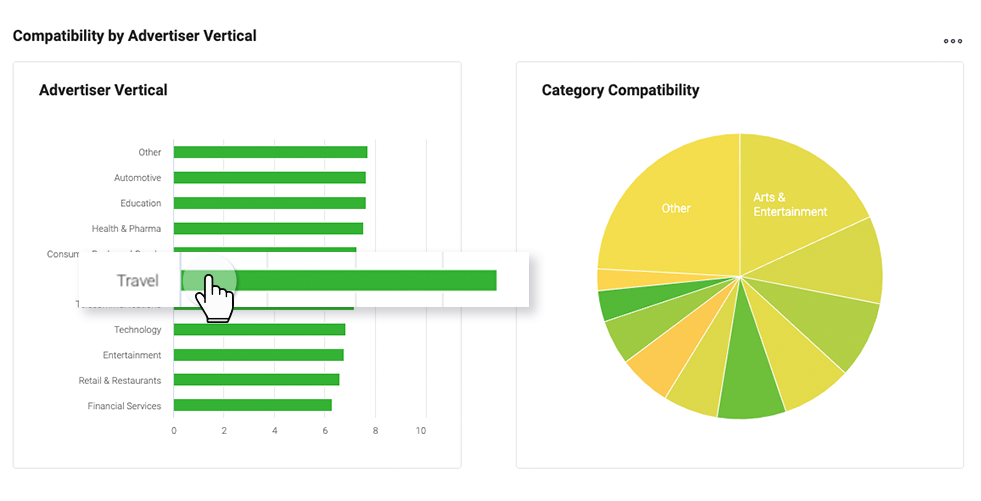Direct deals have been a proven way for publishers to gain higher CPMs by working with the largest brands and agencies in digital advertising. This strategy is getting even more attention lately, as privacy and tracking changes promise to increase advertiser interest in direct relationships with publishers. In a recent survey conducted by DoubleVerify, 88% of publishers believe that direct relationships will become more important once third-party cookies are phased out.
While potentially lucrative, these deals ask a lot of media organizations. Publisher sales teams must prospect, pitch and close these deals, which often involve longer sales cycles completed far in advance of actual campaigns. These deals also evolve over time, with publishers attempting to improve ad performance and trust so buyers will be willing to increase their spend. When executed well, long-lasting direct partnerships can be the lifeblood of a profitable publisher business.
So, how can publishers build more successful direct relationships with buyers and close more deals? The answer, like many things in digital advertising, comes down to data. In this article, we’ll take a more specific look at data that can provide insight into your inventory as it relates to advertiser verticals.
Why advertisers value direct-sold deals, and what they’re looking for
Brands and agencies often prefer direct-sold deals for a number of reasons. First, it’s a more efficient way to utilize their ad spend, since they can often meet KPIs easier through more direct access to a publisher’s premium audiences. It can be more performant than programmatic, with fixed pricing and less variance in audience quality. Many brands enjoy that direct relationships with publishers become more predictable as they work to build trust and optimize performance over months and even years.
When choosing which publishers to work with, many factors come into play. Here are the main pillars they consider:
- Performance: Can the publisher maintain and even improve ad performance over time to help meet key advertising KPIs?
- Quality: Is this publisher’s inventory highly viewable, fraud-free and suitable for my brand’s image and desired reputation?
- Flexibility: Can the publisher adapt over time and execute custom ad campaigns based on specific audiences or content?
All of these pillars can be addressed in pitch decks and conversations with potential buyers. However, advertising is a data-driven industry, and publishers need the right data to effectively tell the story of how their inventory will meet the needs of a potential buyer.
Identifying opportunities in advertising compatibility data
Content relevance is a key selling point for publishers, but it can also help you understand which buyers to target and why. This has numerous benefits for your sales team in terms of prospecting and pitch deck development. With transparency into advertiser content preferences, you can better understand how your inventory is perceived by advertisers in key verticals.

Key learnings from this data can include:
- Which advertiser verticals find my inventory desirable and which do not?
- Does a specific type of advertiser have more quality concerns with my inventory when compared to other verticals?
- Is my inventory broadly compatible with many verticals, or are there specific verticals where we should focus our sales efforts on?
- If a vertical has lower compatibility overall, are there specific content categories within my inventory that are still compatible enough to warrant a direct relationship?
- Which verticals are highly compatible with my inventory but largely untapped by our direct sales team?
Customizing pitch decks based on advertiser vertical
With access to advertiser compatibility data, there is added opportunity to further customize the pitch you give to potential buyers. By putting the needs and goals of a specific brand within the context of your inventory, you can paint a clearer picture of what a partnership will look like.
With a clear view of how your inventory can help a brand reach their KPIs, this data can be used to generate interest with new advertisers or to expand existing relationships. Publishers can take this a step further by supplying information on viewability, fraud and brand suitability as it relates to the specific interests of a particular vertical. In addition to other quality and performance metrics, DV gives publishers access to Inventory Compatibility data, which can help you better understand specific demand and content compatibility.

These tools are available in DV Publisher Suite to help our clients improve their revenue and direct relationships with advertisers. Request a demo for more information on Inventory Quality and the other solutions DV Publisher Suite offers.






